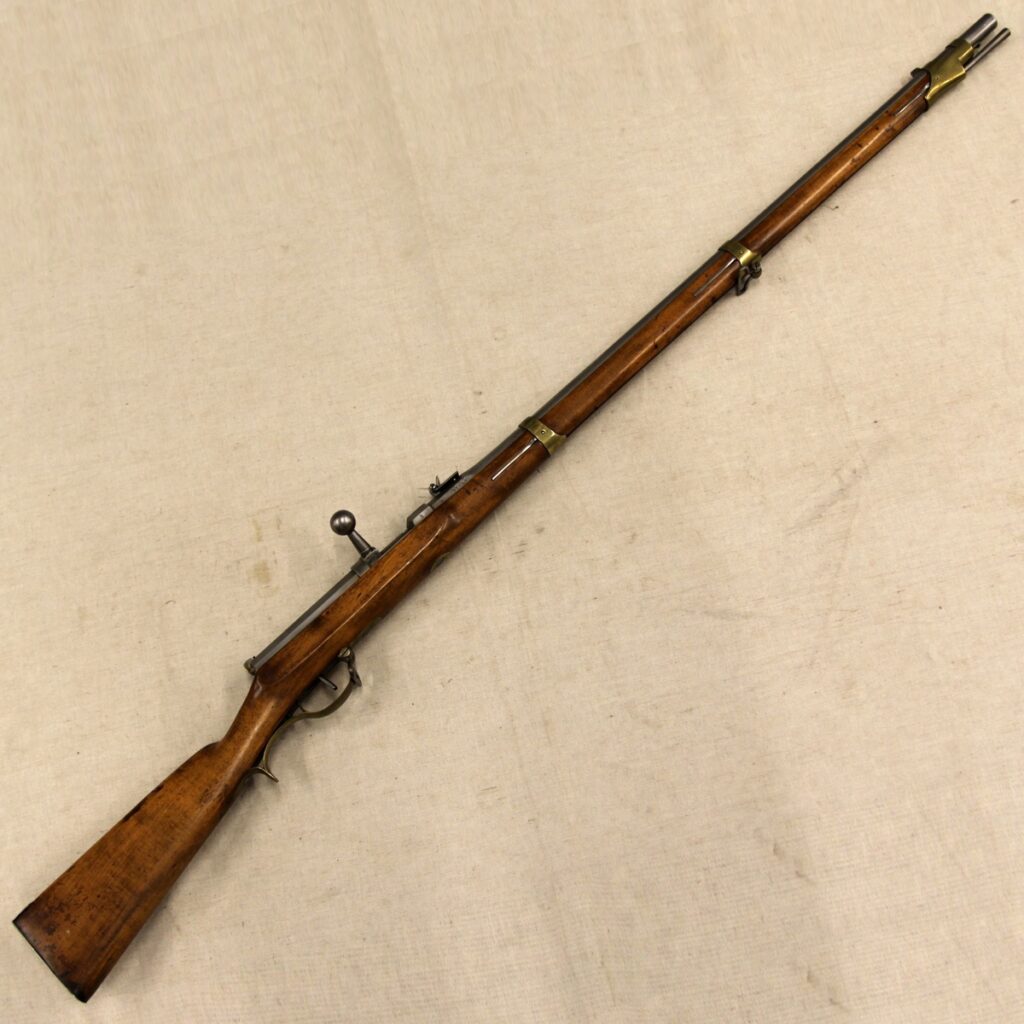
02 Prussian Infantry Rifle 1841 Model
Fotogalerie
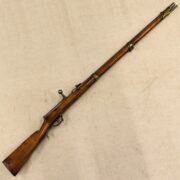
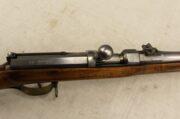
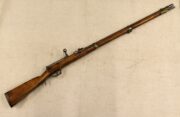
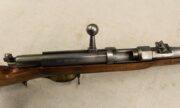
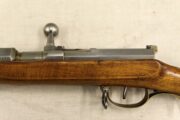
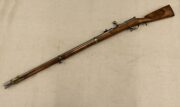
The Prussian Army was the first in the world to be armed with rifles for which the cartridge was inserted into the barrel from the rear. The designer of the Prussian rifles was Nikolaus Dreyse (1787–1867), who in the 1820s accidentally discovered that the ignition of a percussion cap did not require a tap on the entire surface of the cap, but that a simple prick with a needle was sufficient to ignite it. Using this discovery, a rifle with a long needle firing pin was designed in 1827 and Dreyse’s guns started to be called needle guns. Dreyse also constructed his own special cartridge for them, which was inserted into the barrel through the muzzle by means of a charging device, as in other contemporary rifles. It was only after accidents occurred when loading the needle muzzleloaders that Dreyse applied his idea to breech-loaders and constructed a bolt-action breech, which made a lasting impression in the history of weapons technology.
The Dreyse needle rifle was introduced into the Prussian arsenal as the Model 1841 infantry rifle and was first used in the revolutionary years from 1848 to 1849. From the end of the 18th century, it was common for different army units to use different variants of rifles that had the same basic design but differed in length, weight and other details (design of the sight, bayonet, etc.). This was also the case in the Prussian Army and after the Model 1841 infantry rifle, a number of other models were gradually developed. The Model 1849 jäger rifle was not successful and was replaced by the Model 1854 jäger rifle with a retractable bayonet permanently mounted on the weapon. Hussars and dragoons received the Model 1857 carbine, while the Model 1860 rifle was provided to fusiliers.
Dreyse’s design was a promising solution and the bolt-action breech he invented, later improved by other designers, is still used in hunting and sporting rifles today. Nevertheless, at the time of the Austro-Prussian War of 1866, Prussian needle rifles were in many ways inferior to the Austrian muzzle-loading rifles of the Lorenz system. They demonstrated less accuracy and penetration and had a shorter range. They also had more weight, a larger calibre and a number of technical shortcomings, including imperfect sealing of the breech against the escape of powder gases, frequent breakage of the firing pin, etc. The only great advantage of the Prussian needle-guns, which, however, turned out to be substantial and which was reinforced by inappropriate Austrian tactics, was the easier reloading and two and a half to three times the rate of fire.
Length 1,420 mm, barrel length 865 mm, 15.2 mm calibre, weight 4,820 g.
Aktuálně

Prosinec 1944 – oficiální vydání prvních poštovních známek osvobozeného Československa
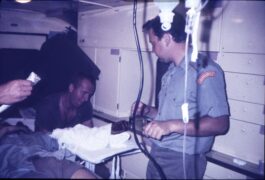
Českoslovenští zdravotníci ve válce v Zálivu

Výzkum u českých krajanů v Chorvatsku
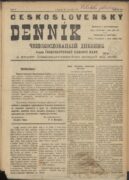
Československý deník sehrál v životě legionářů v Rusku velmi důležitou roli. Poprvé vyšel v prosinci 1917








